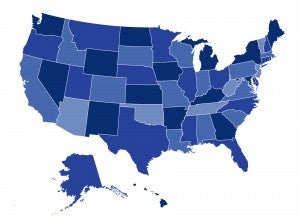
By Sabrina Corlette and Rachel Schwab
On March 11, President Biden signed into law the largest expansion of health insurance coverage since the Affordable Care Act (ACA). The American Rescue Plan builds on the ACA by providing approximately $24.4 billion in enhanced premium subsidies for coverage sold through the health insurance marketplaces. These subsidies will be available to people enrolled in marketplace plans in 2021and 2022 at all income levels, including individuals with incomes above 400 percent of the federal poverty level (i.e., $51,040 for an individual or $104,800 for a family of four) who previously did not qualify.
The federal government, which operates HealthCare.gov in 36 states, has already begun implementing the law. In the 14 states and D.C. that have state-based marketplaces, the state will lead. This will require not only a big investment in consumer education and enrollment assistance, as consumers navigate their new coverage options, but also significant operational changes to ensure marketplace websites reflect the law’s changes and insurers correctly apply the new subsidies to enrollees’ premium charges. As a result, when and how consumers benefit from the American Rescue Plan’s enhanced premium subsidies could vary across states.
In a new post for the Commonwealth Fund’s To the Point blog, CHIR’s Sabrina Corlette and Rachel Schwab review the American Rescue Plan implementation decisions of the state-based marketplaces. You can read the full article, including an interactive map, here.

